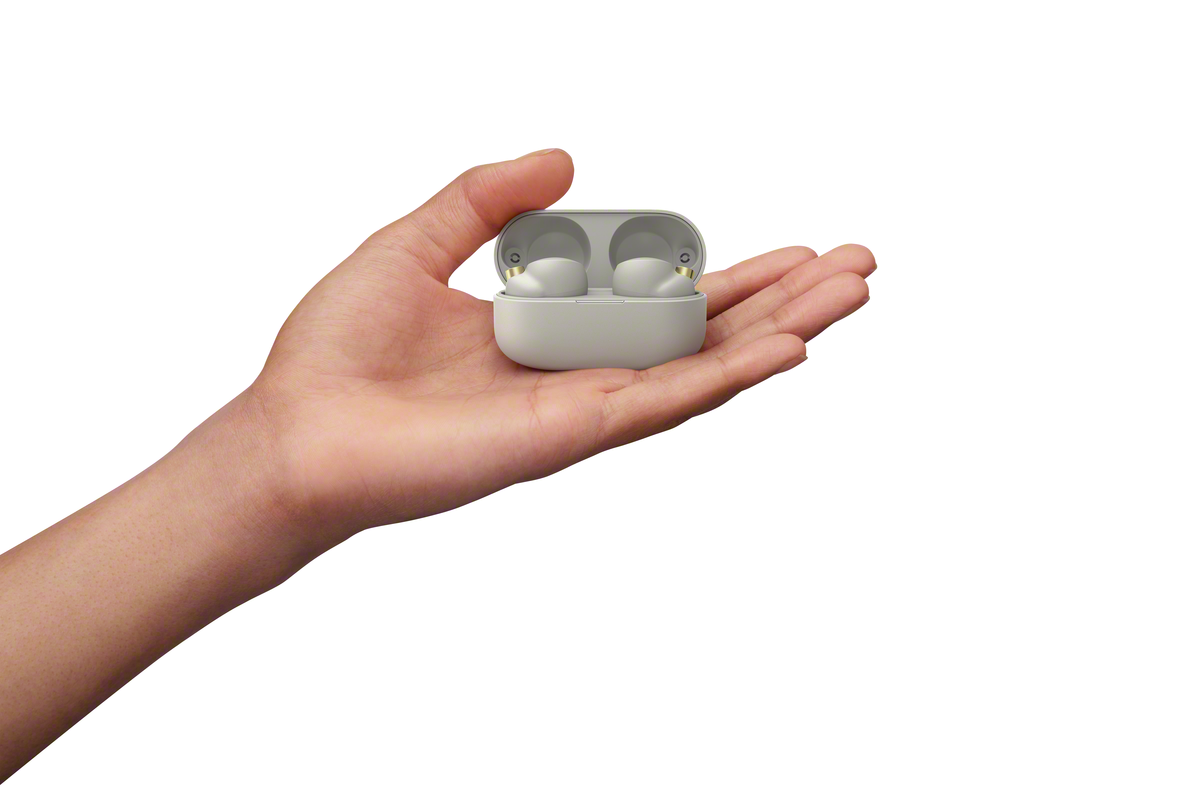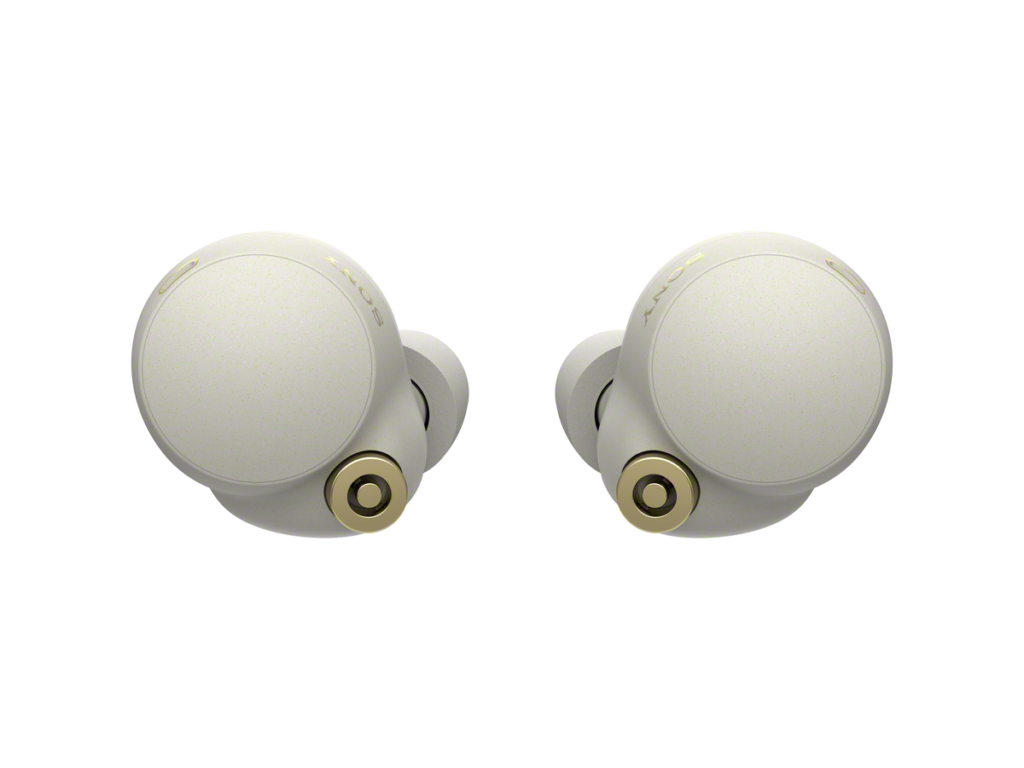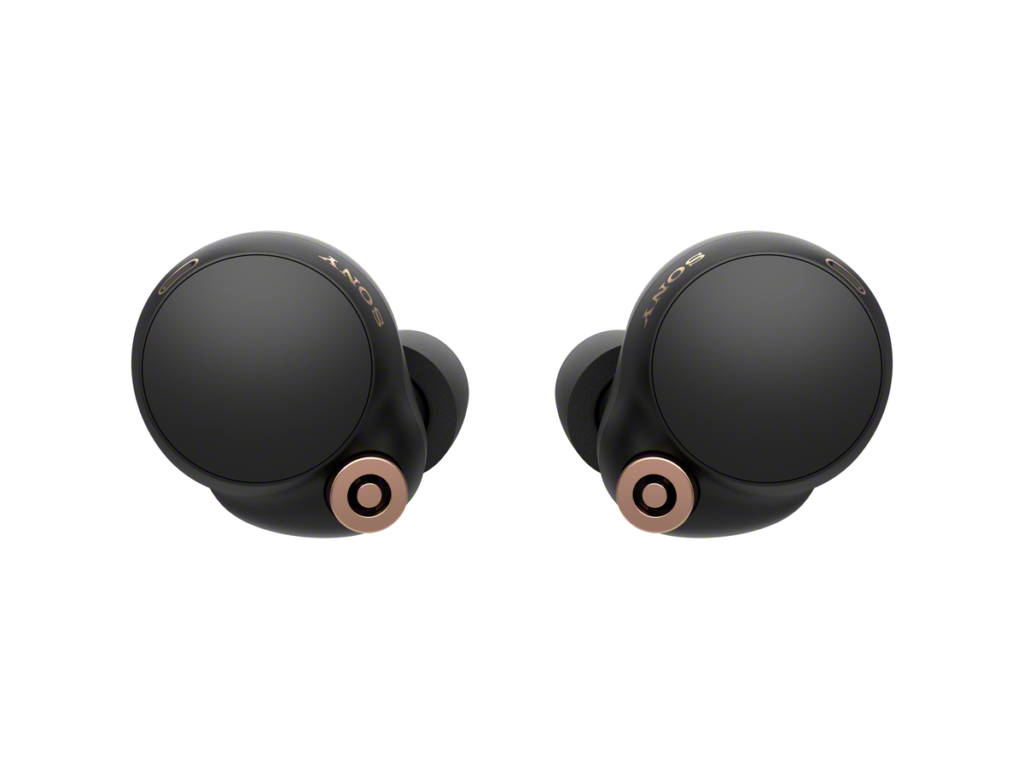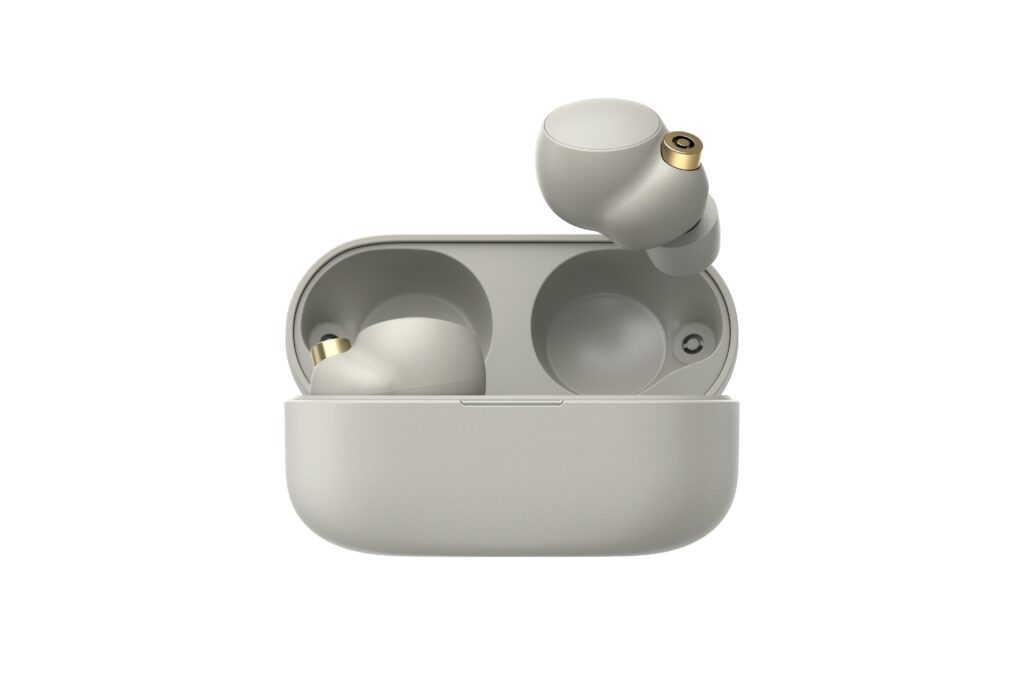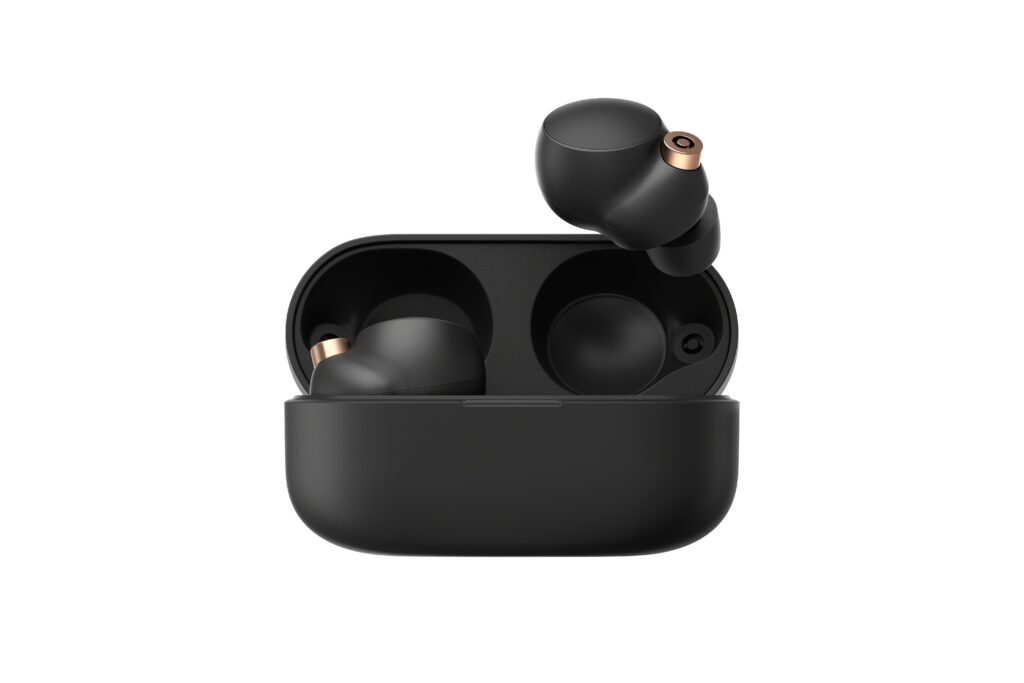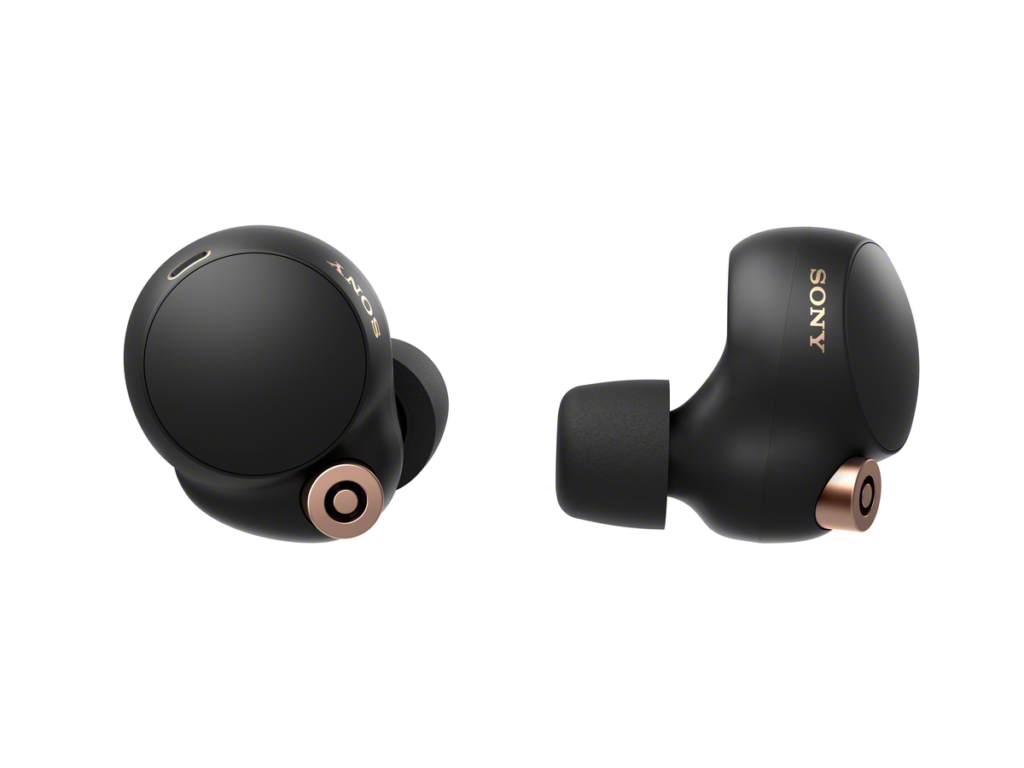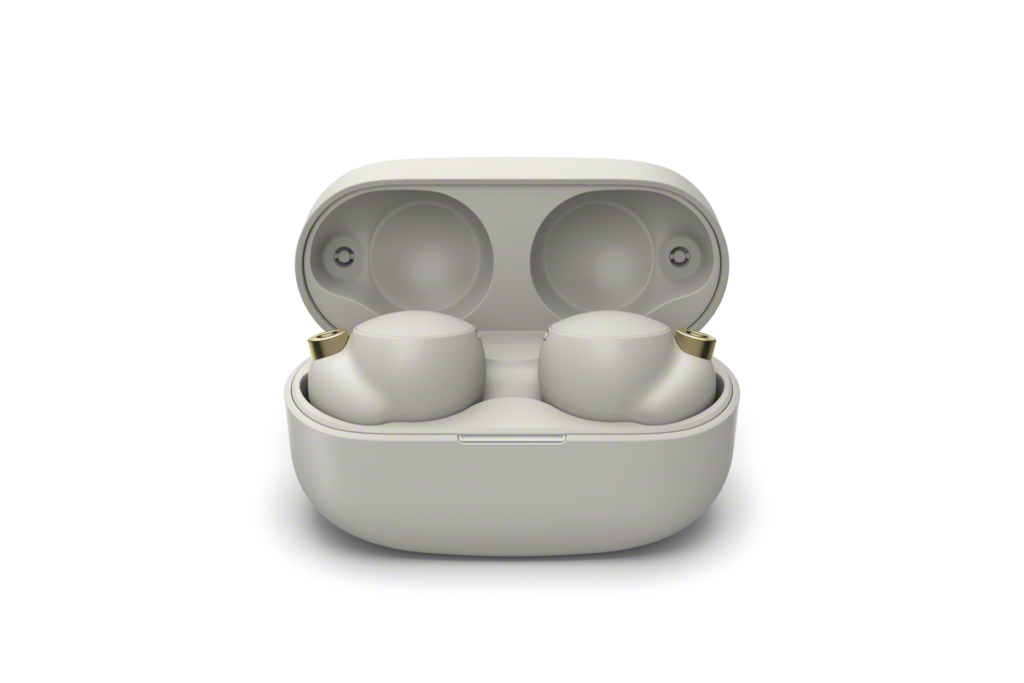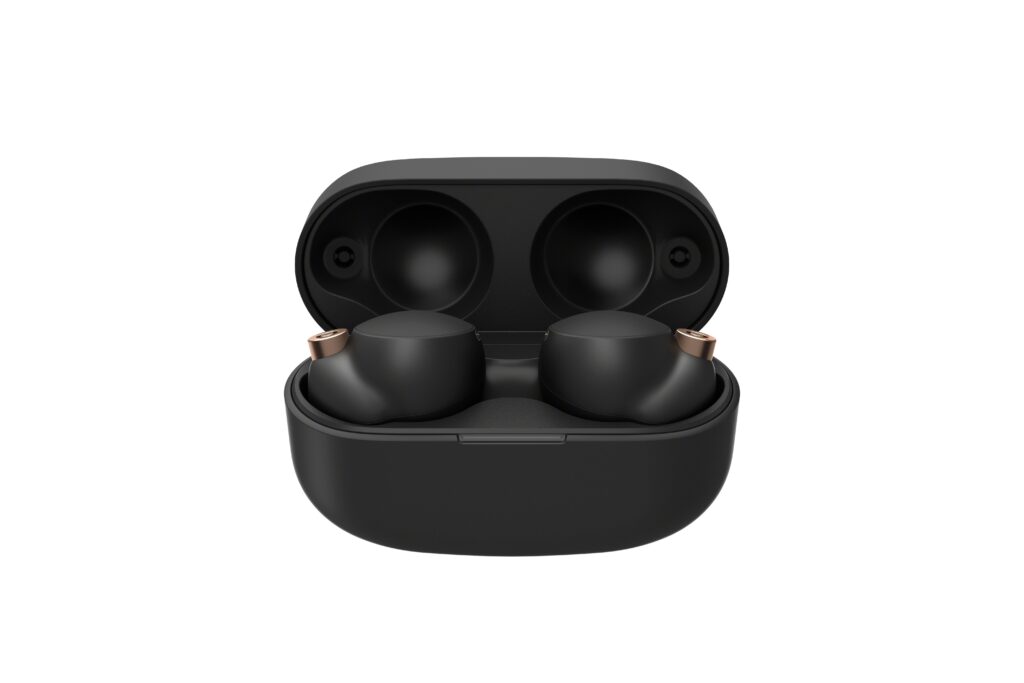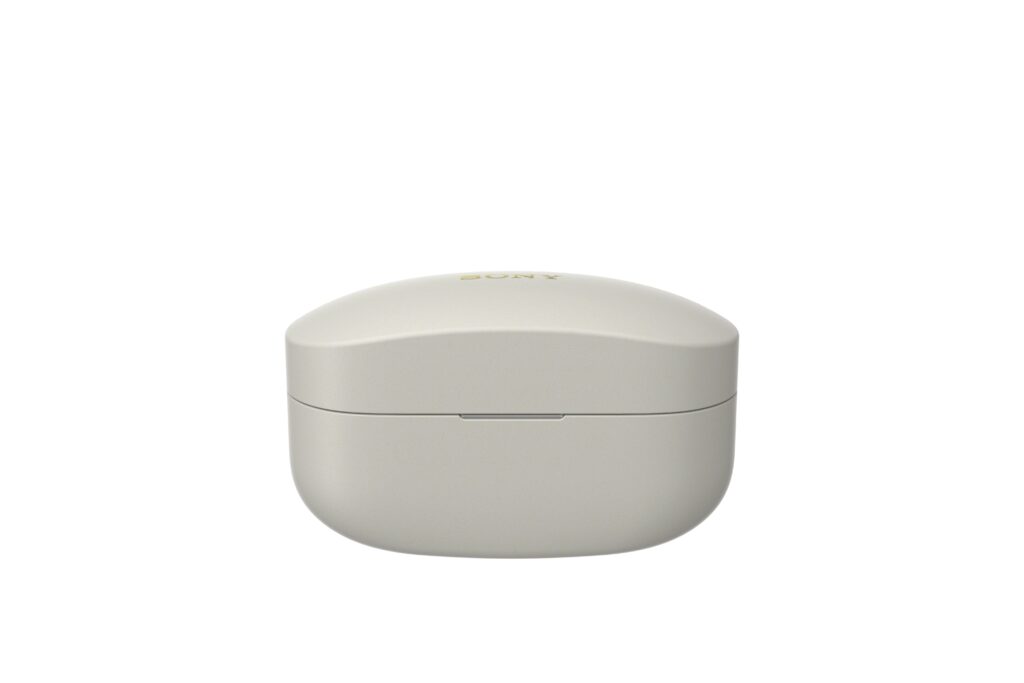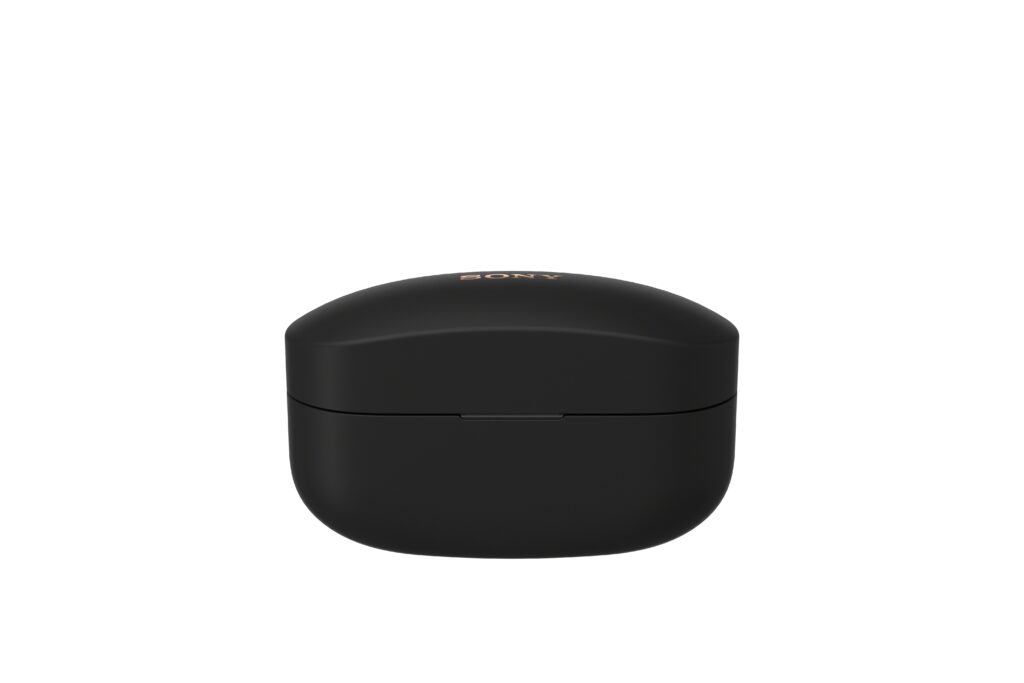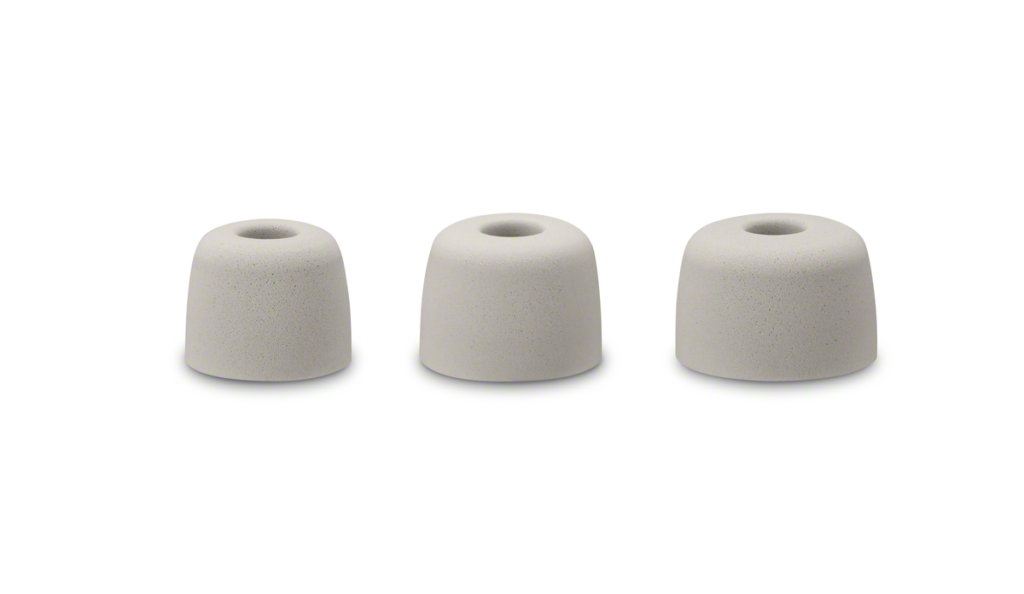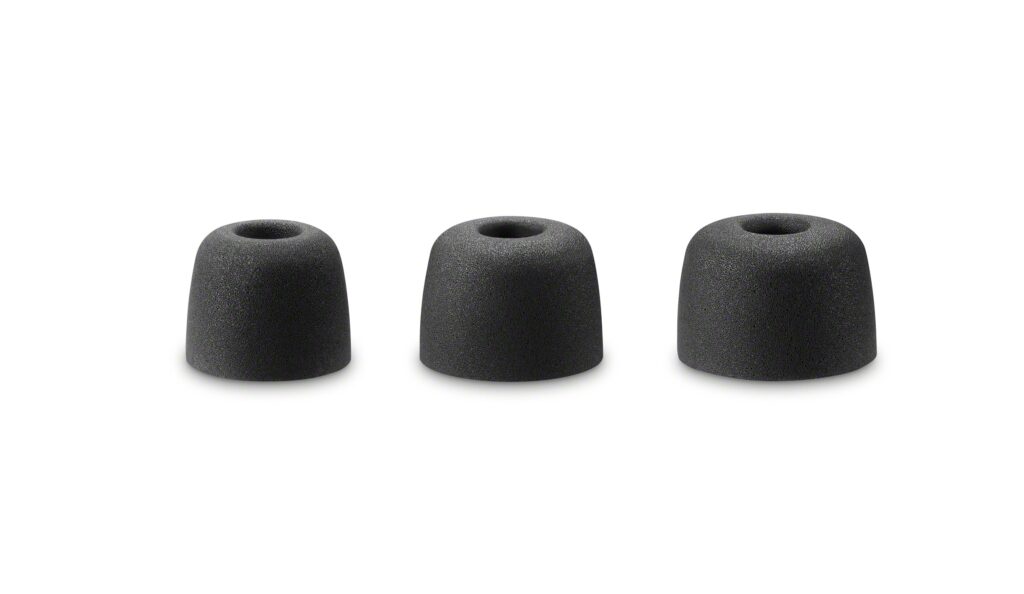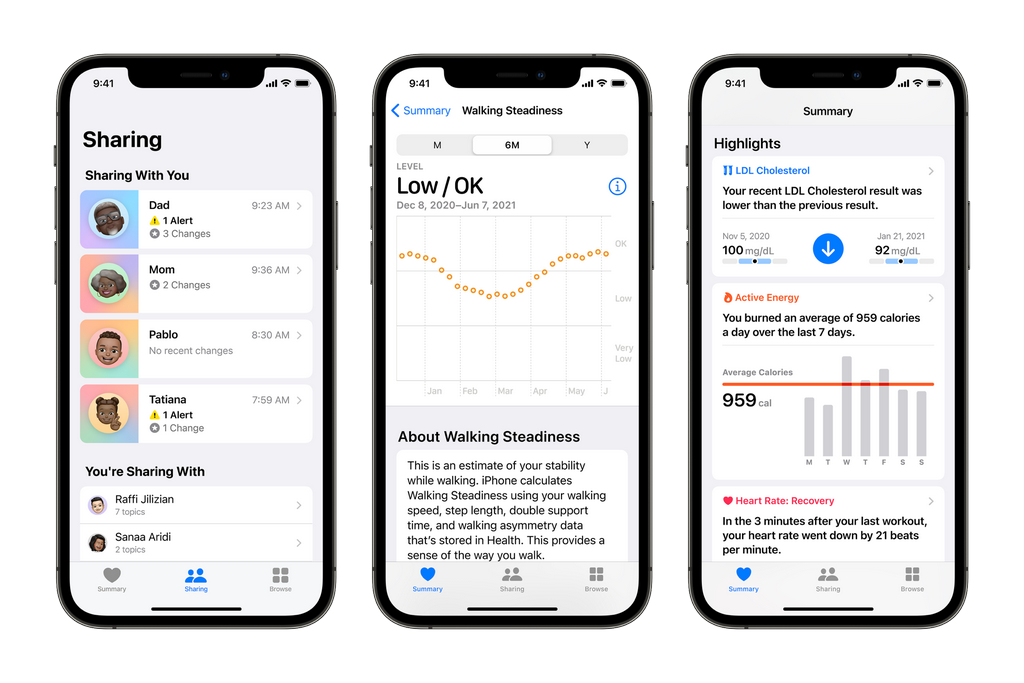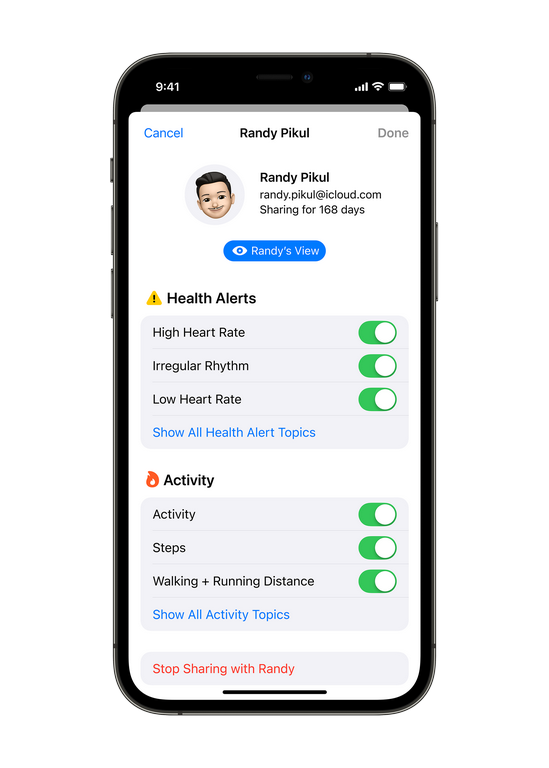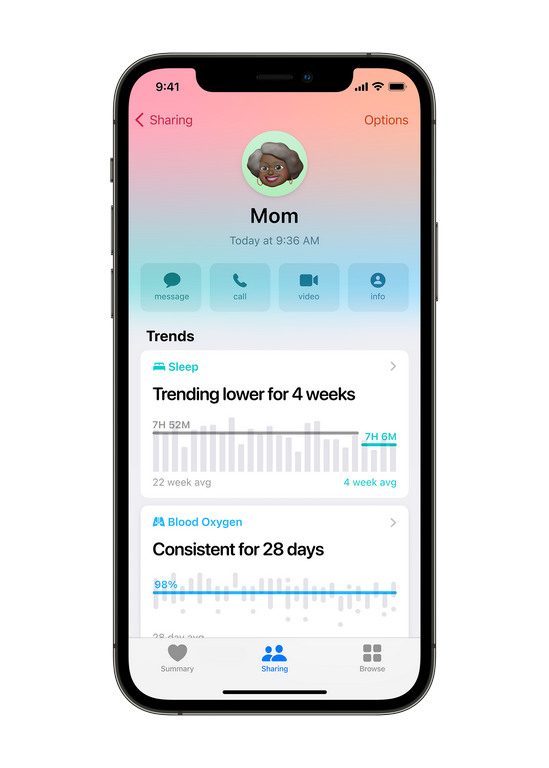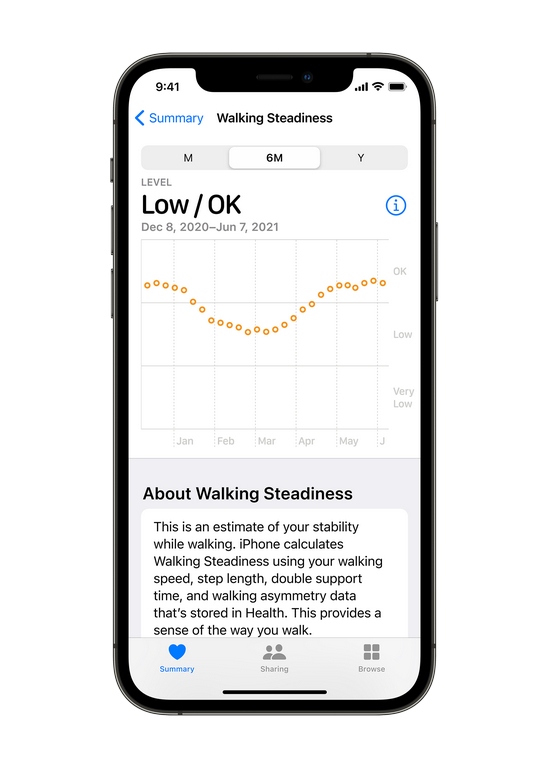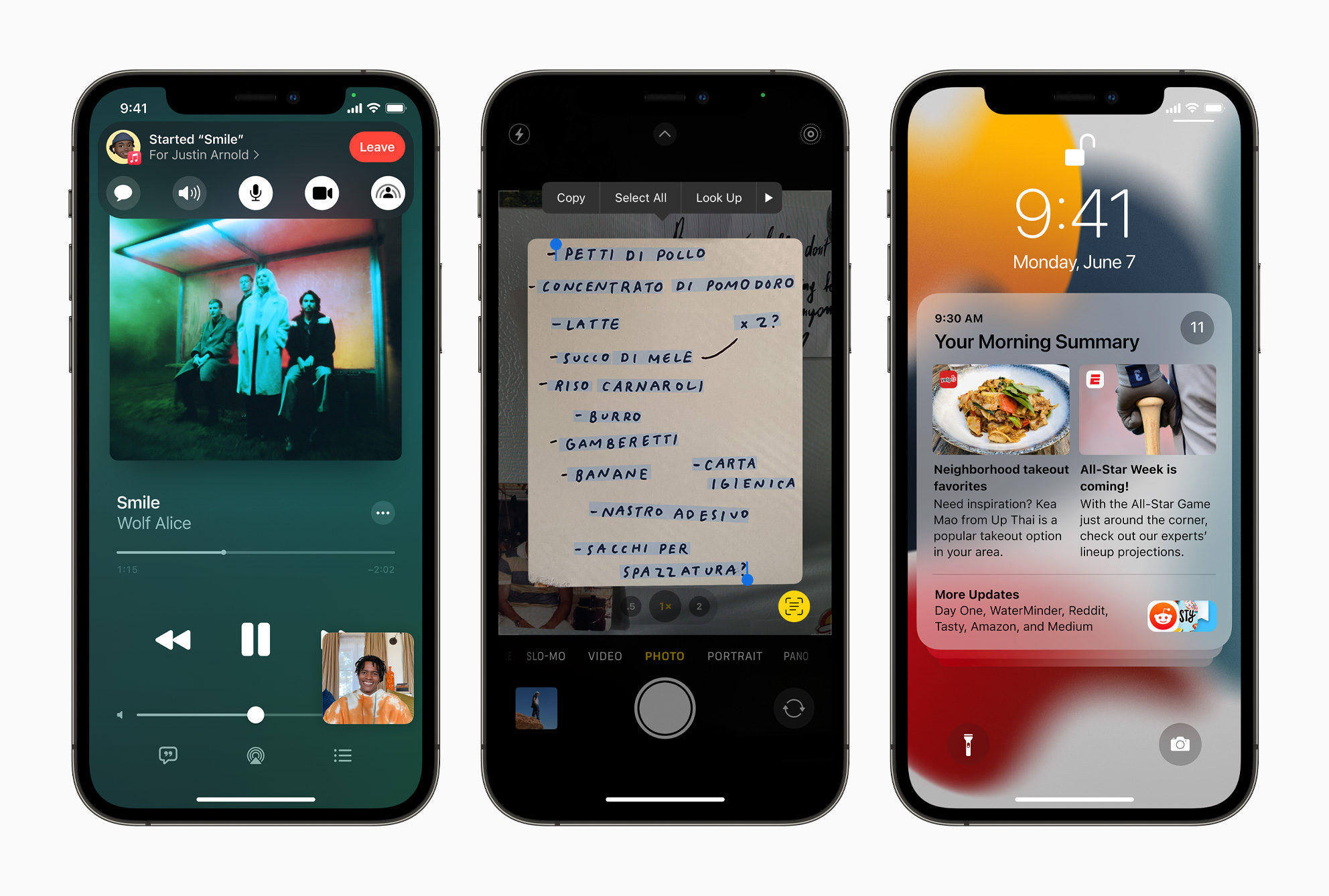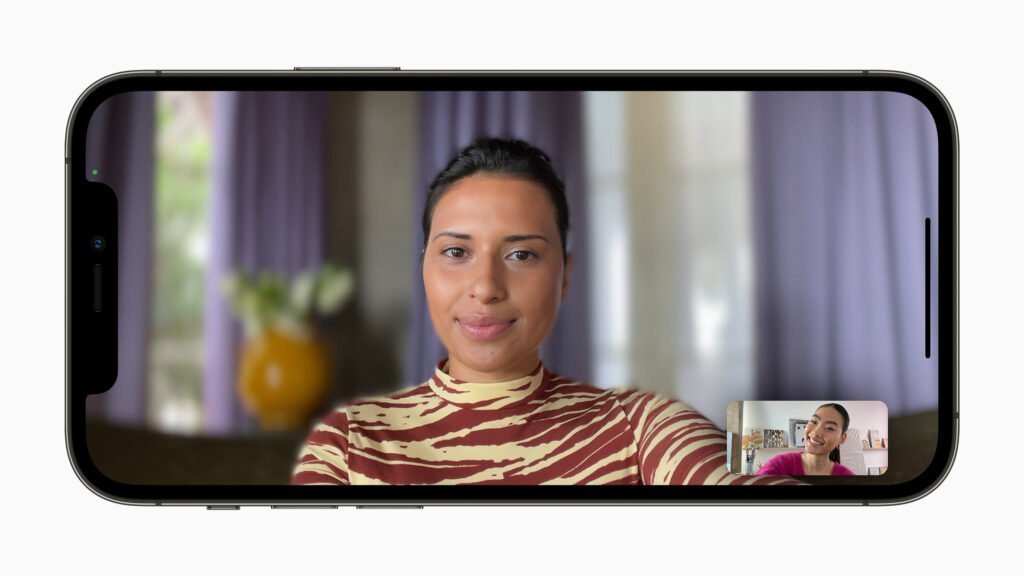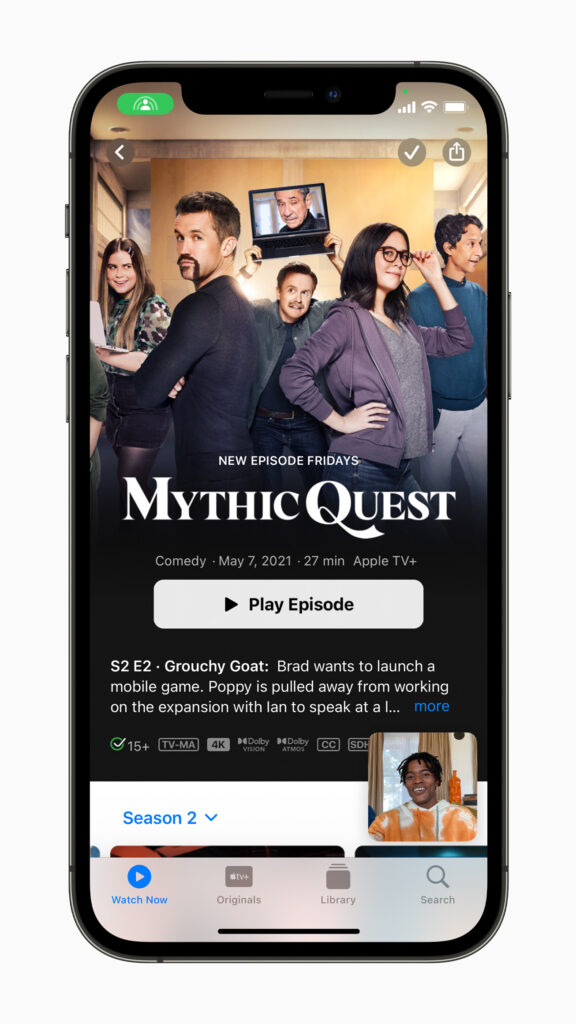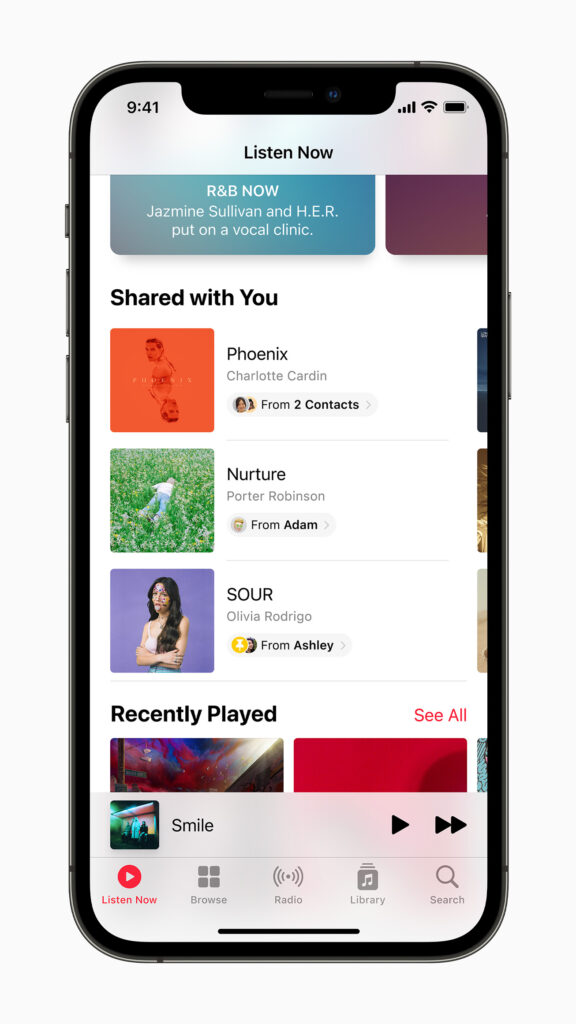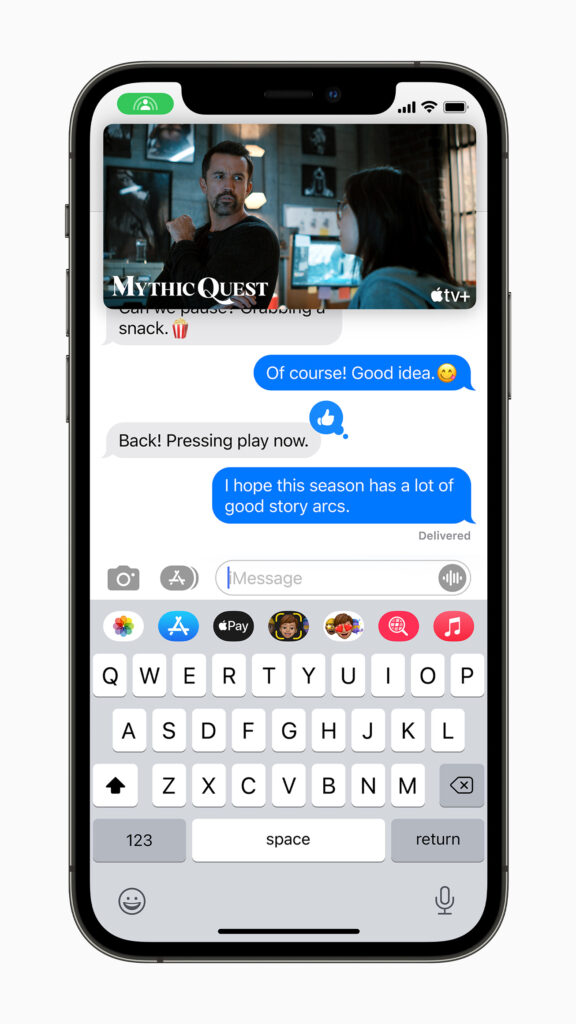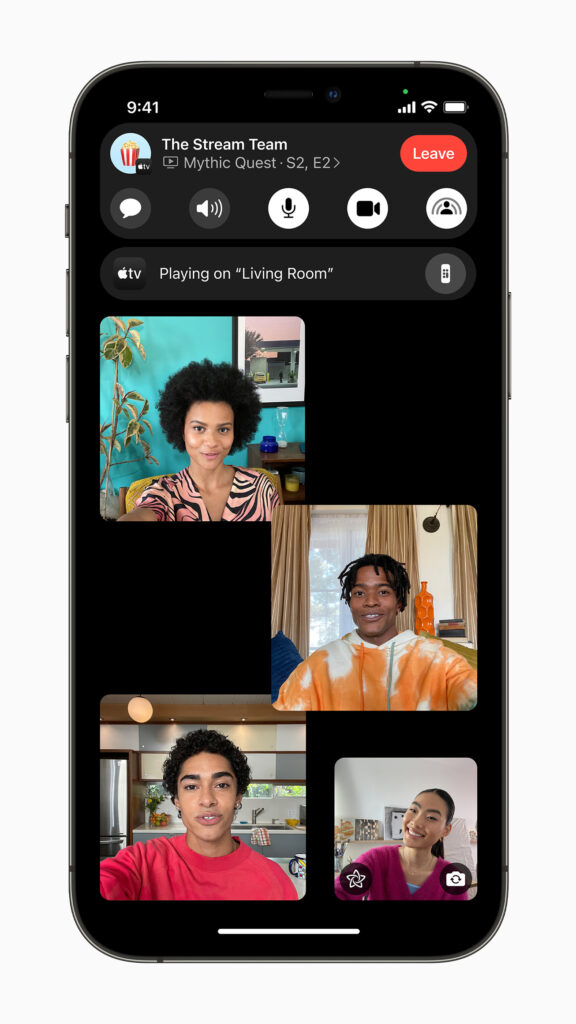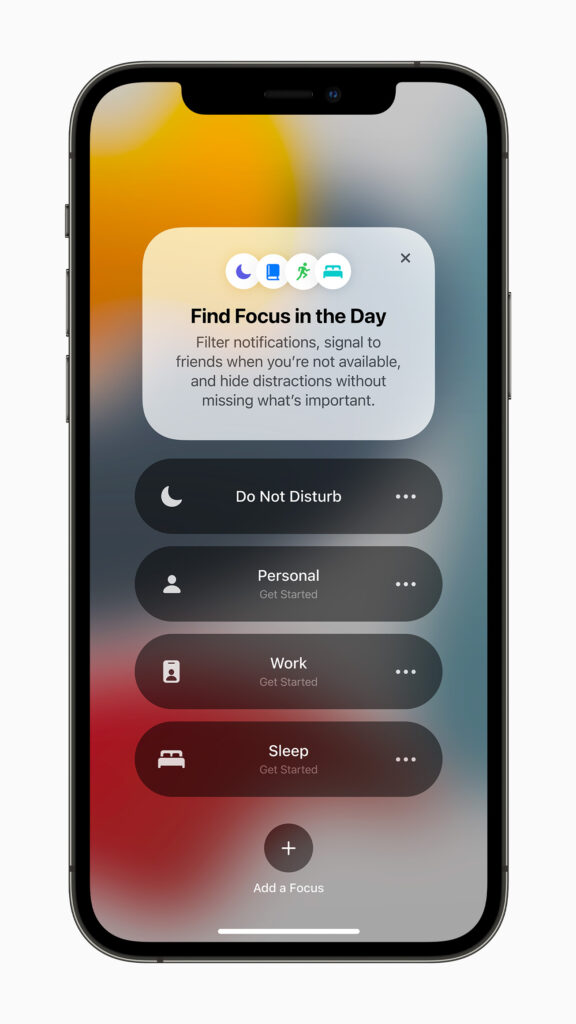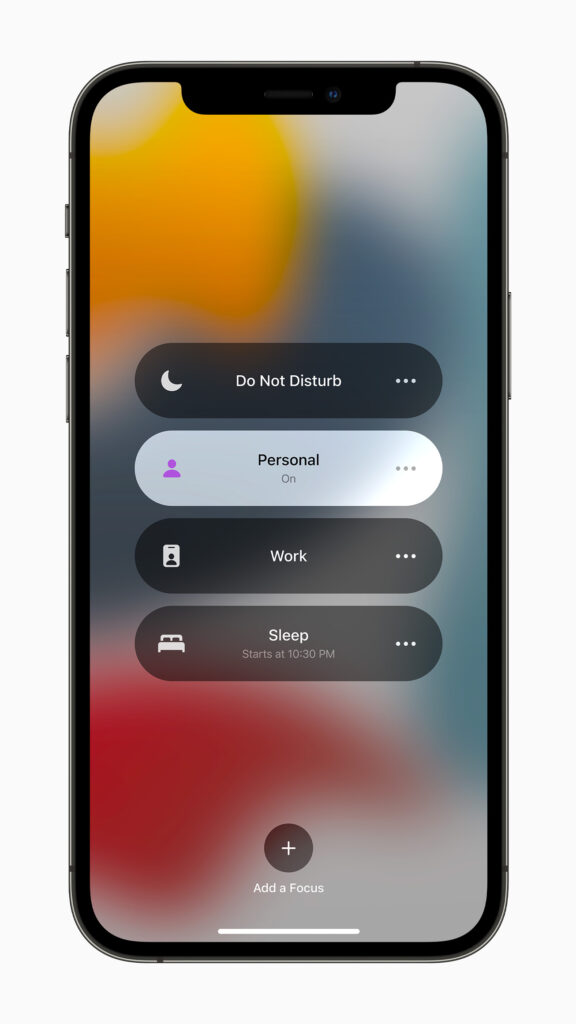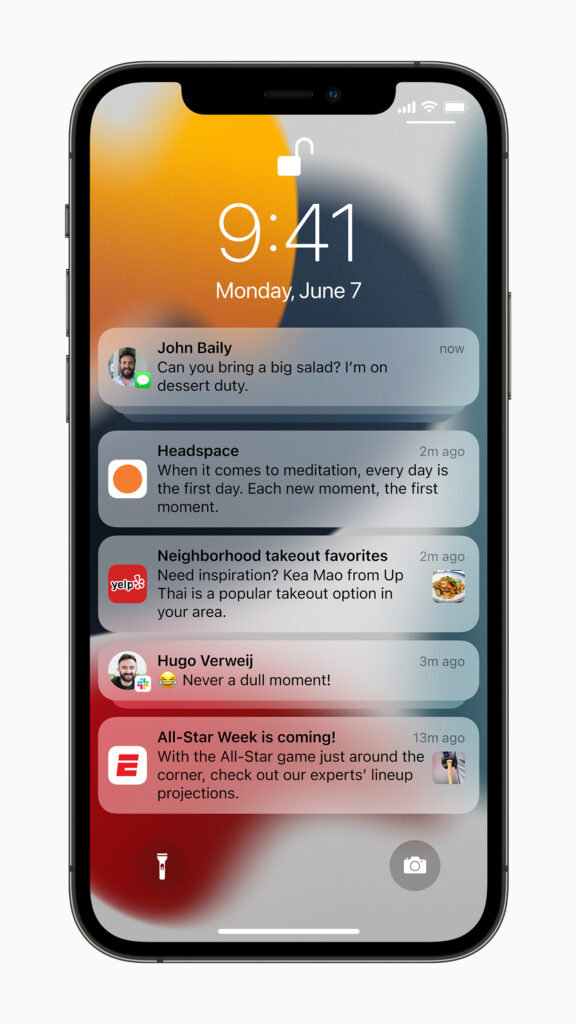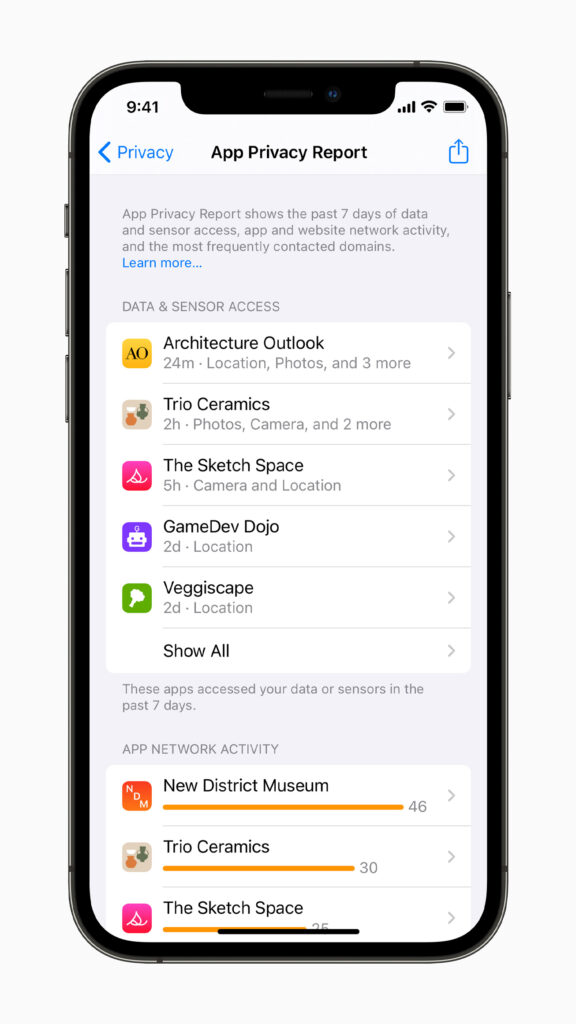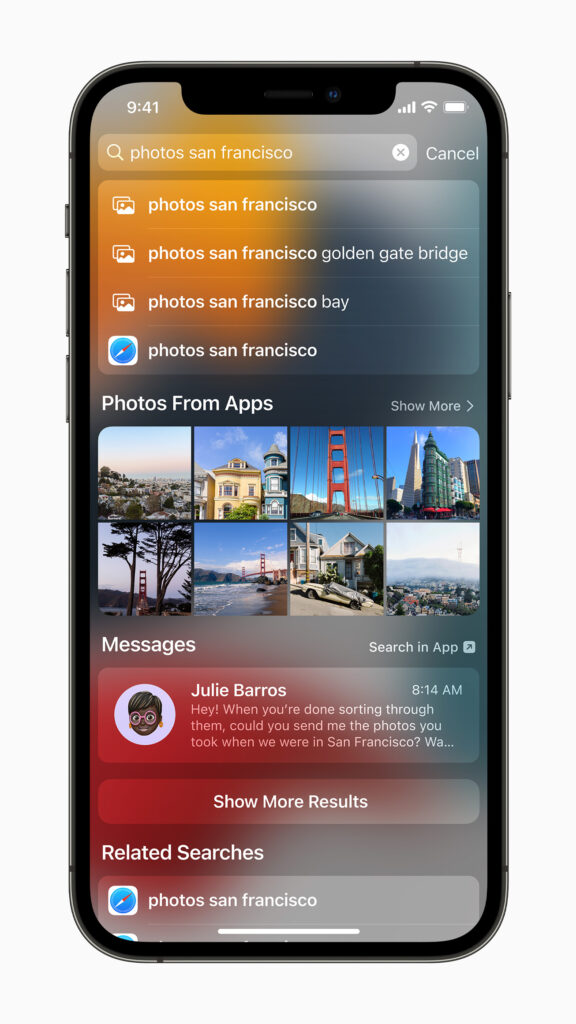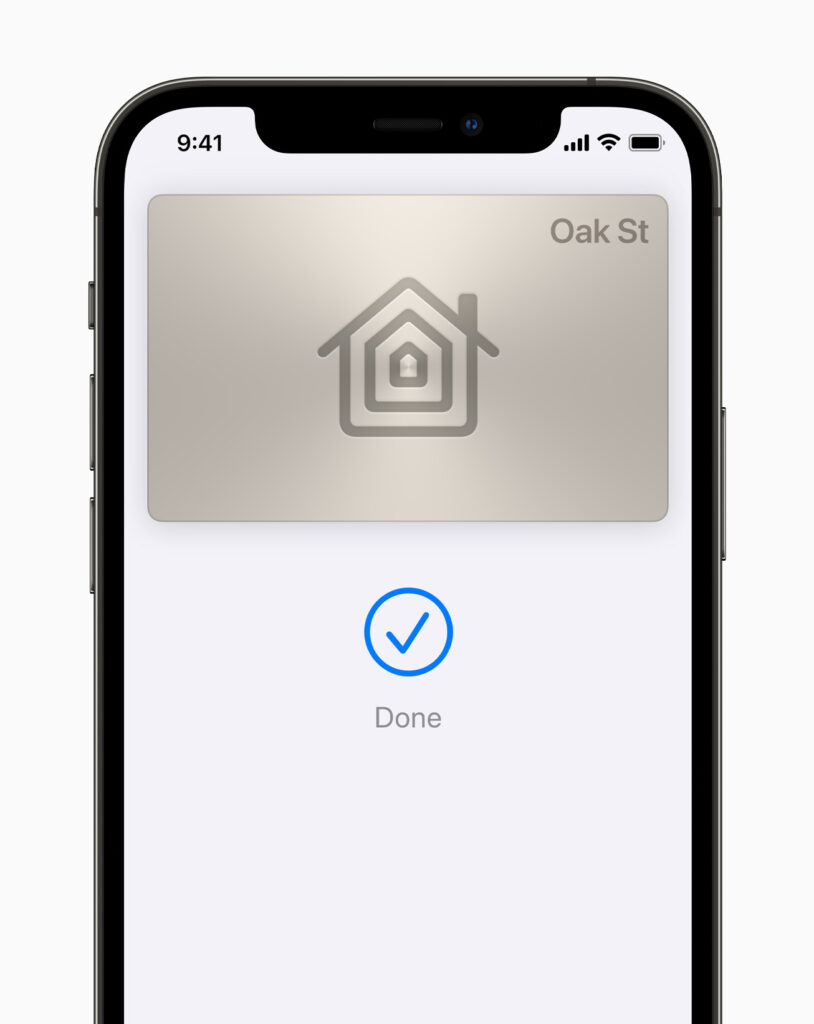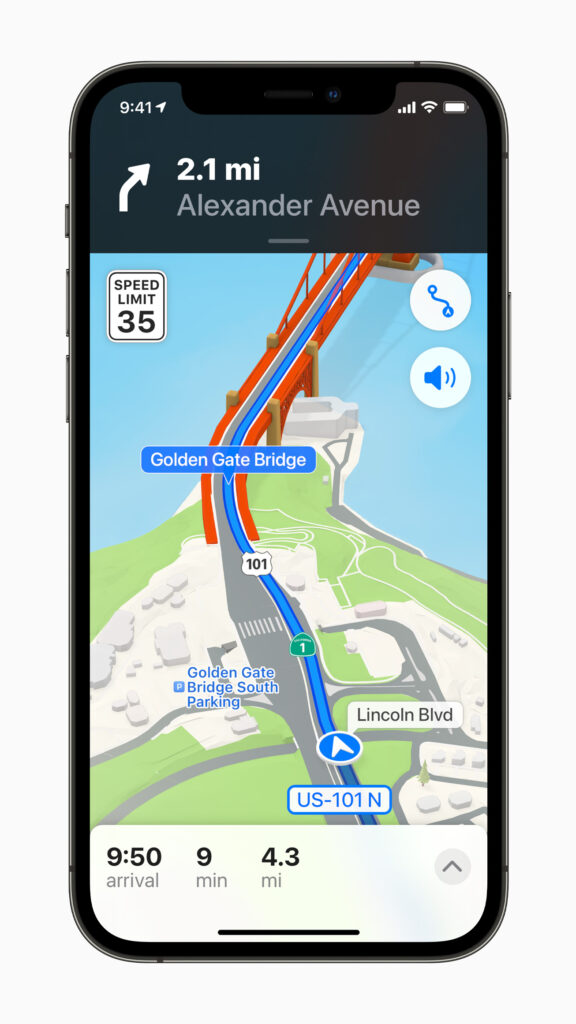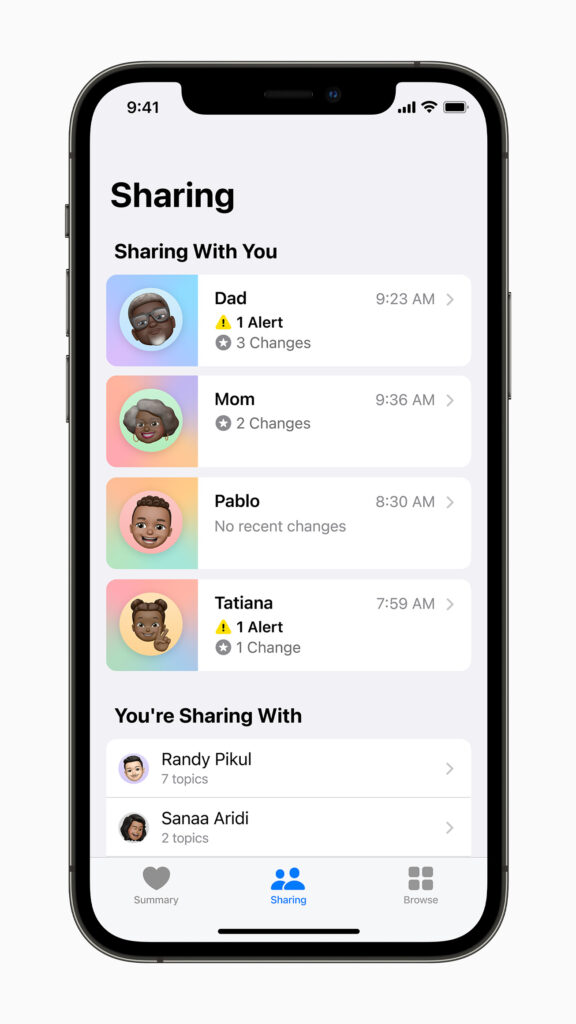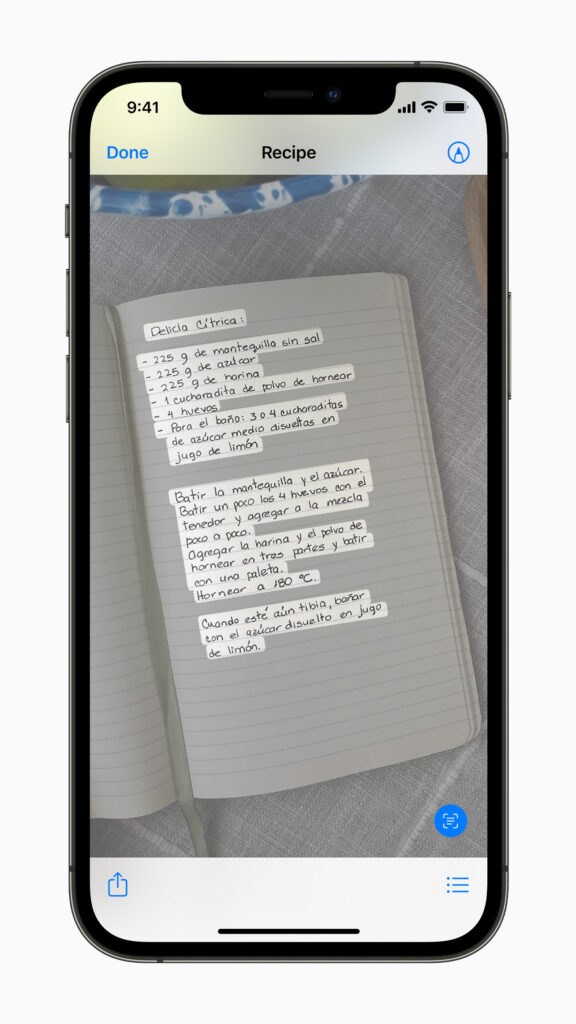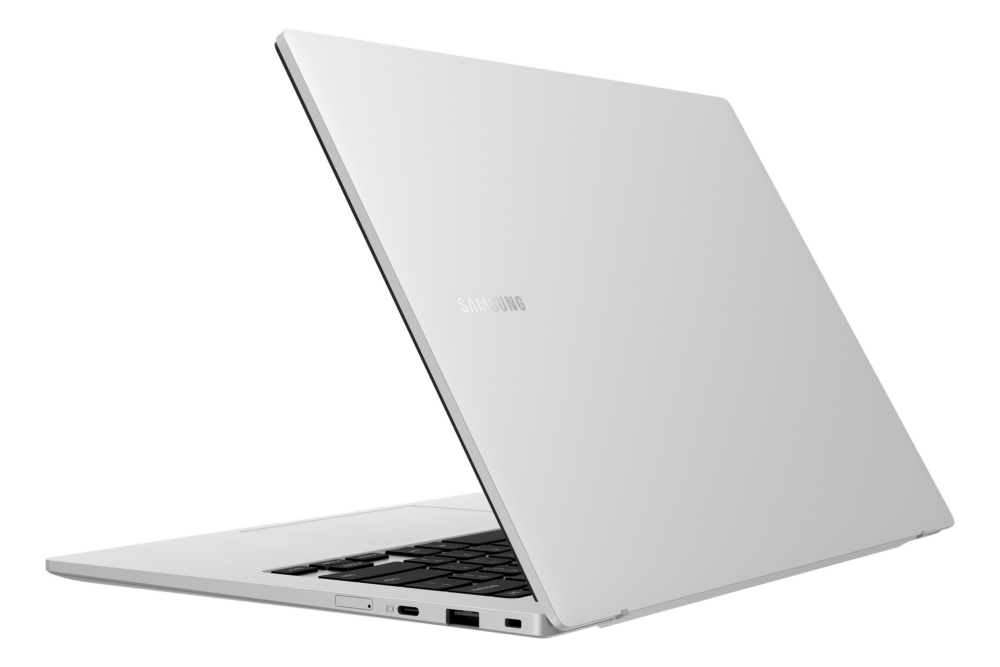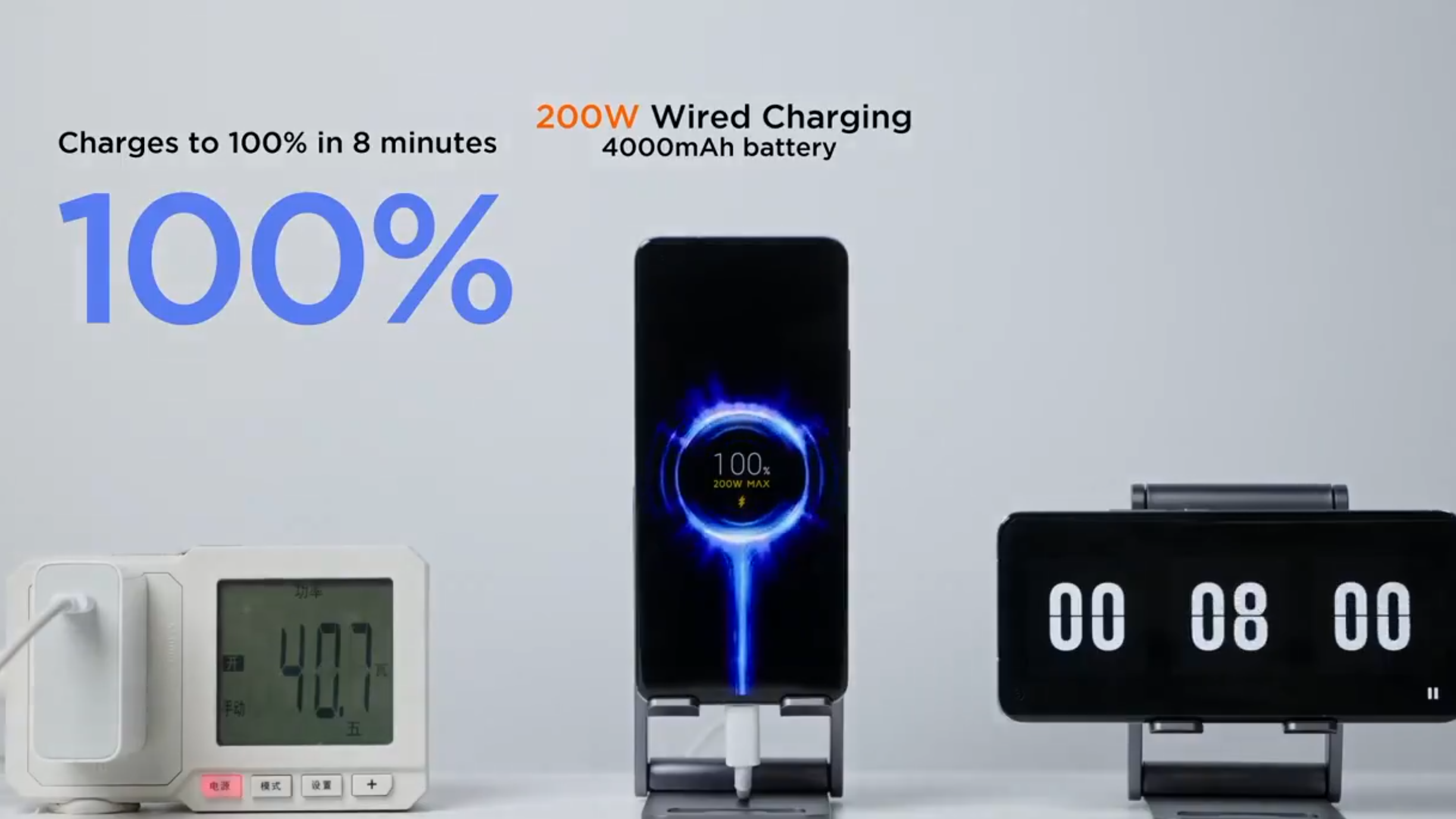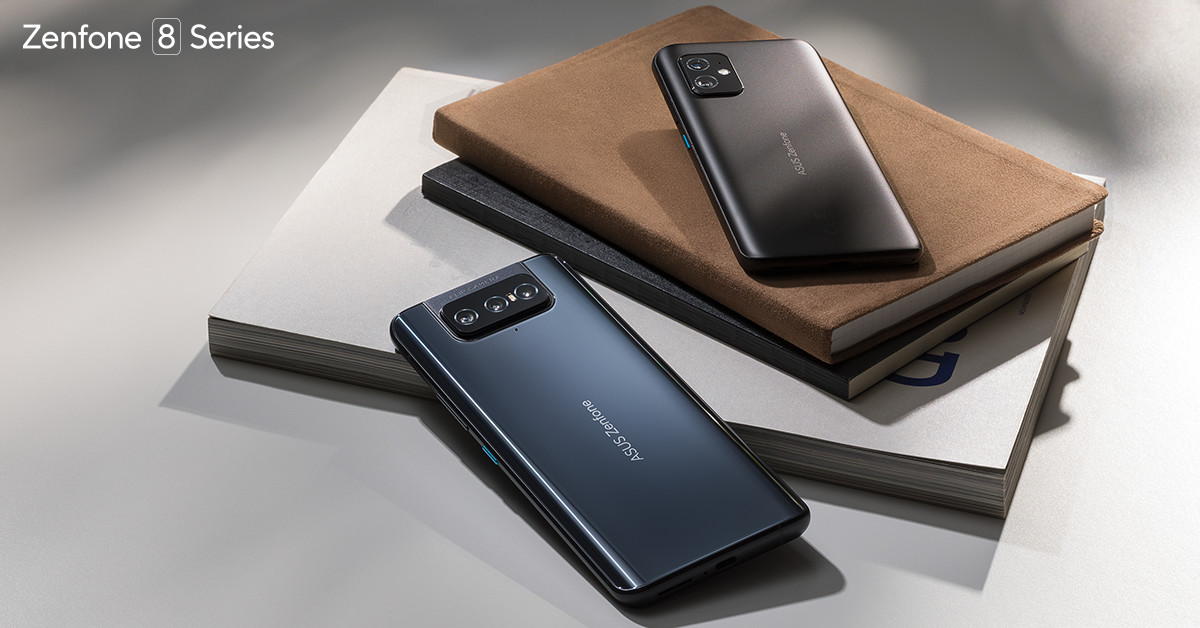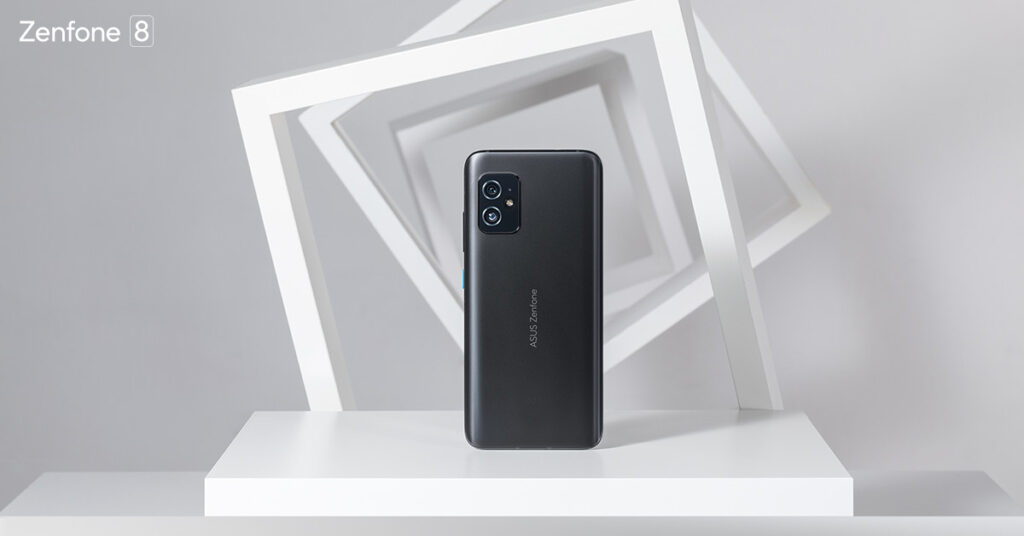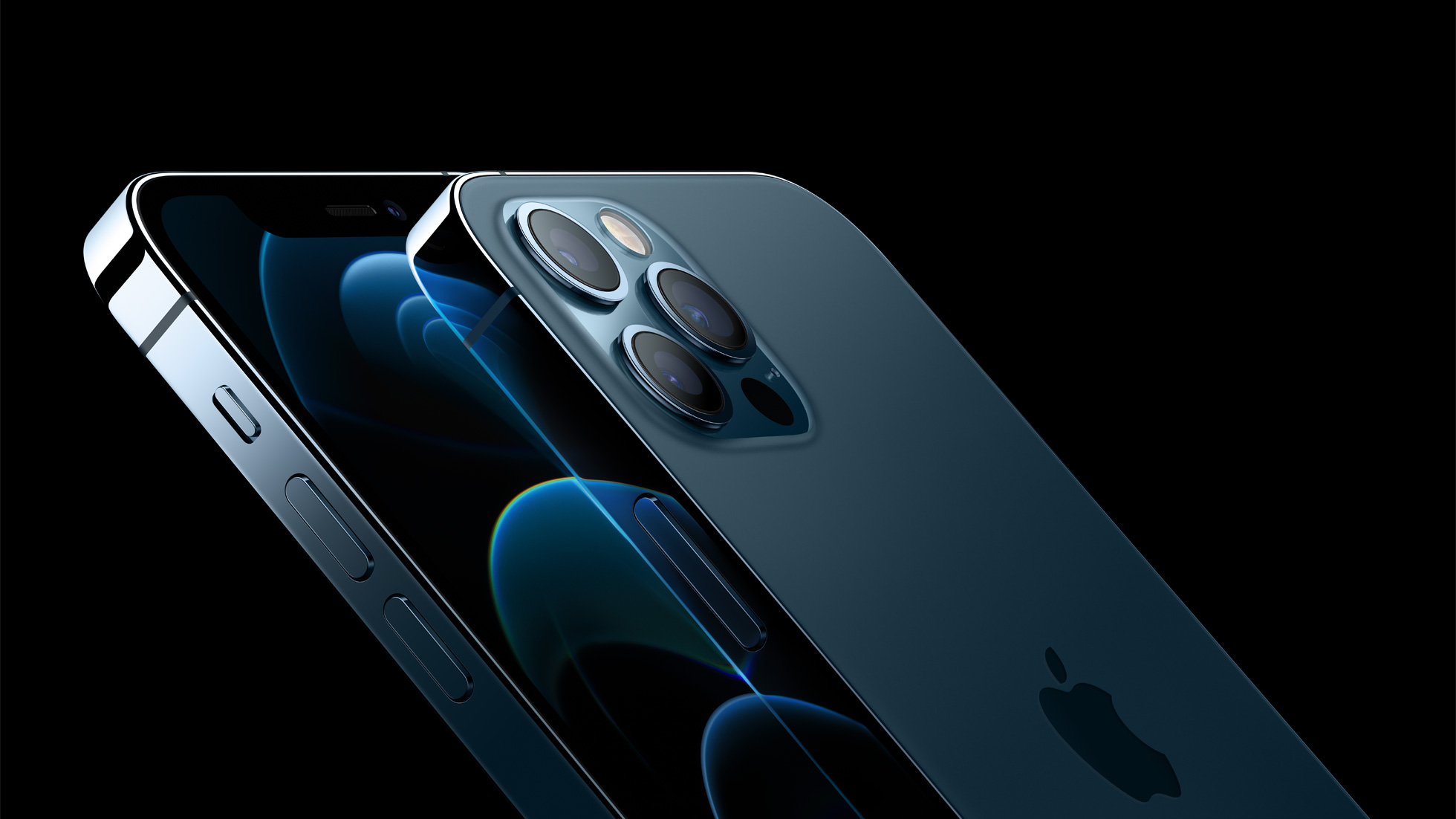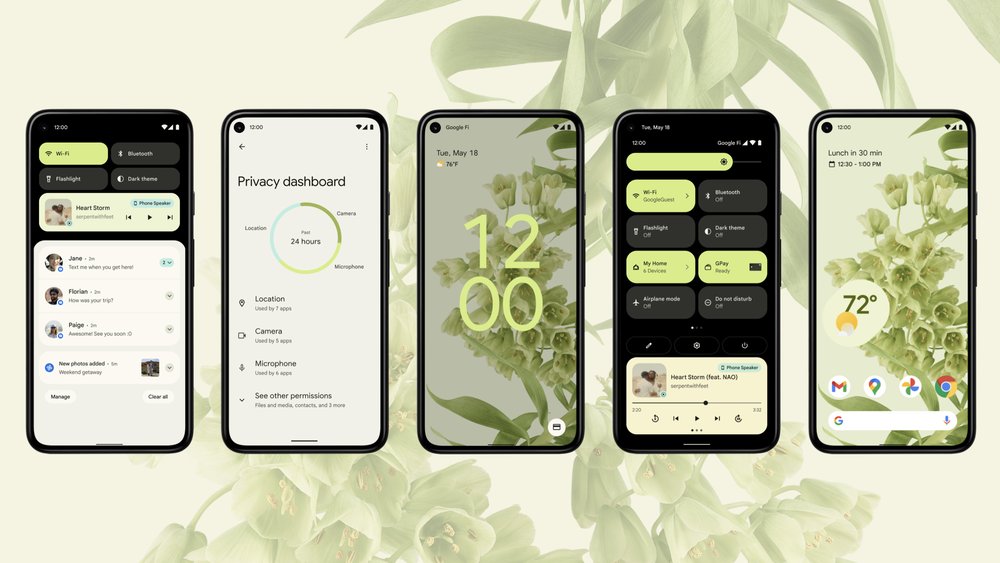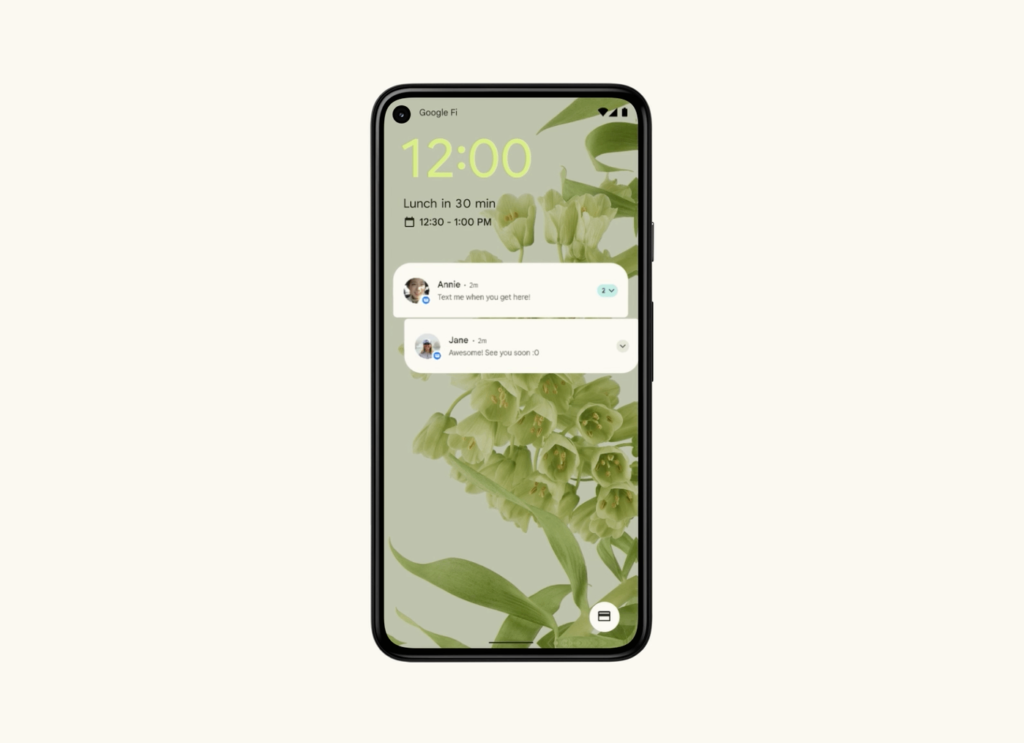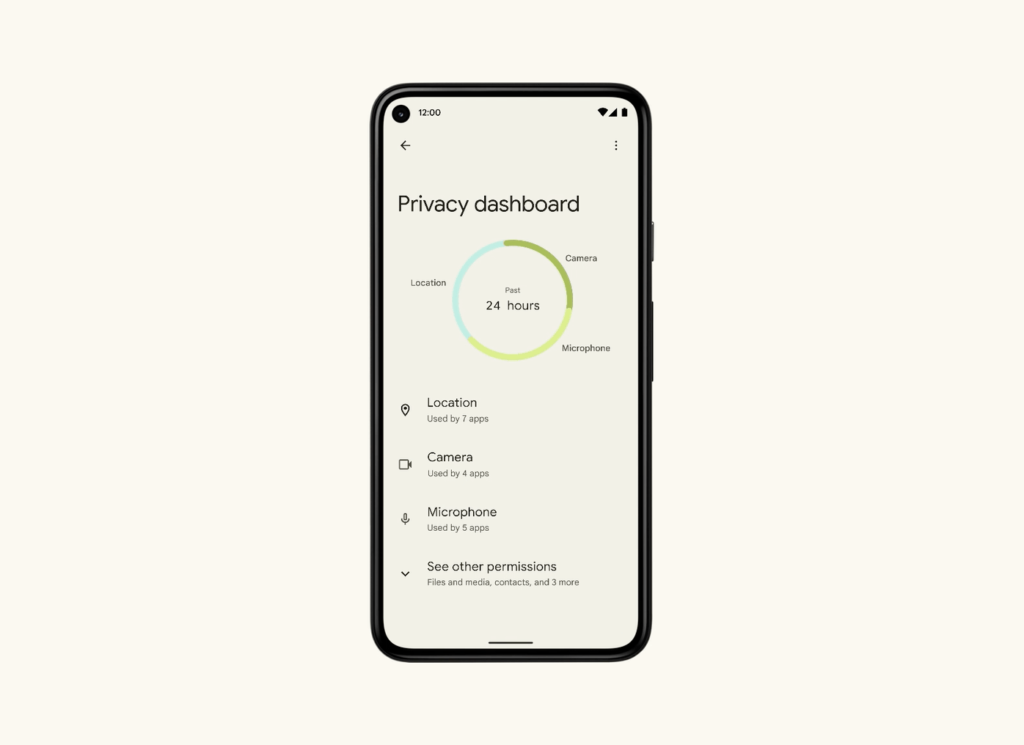When Sony introduced the world to the WF-1000XM3 last year, it was rated as one of the best truly wireless headphones that you can buy. There is little doubt to that claim and why it is so. The WF-1000XM3, the second-generation noise cancelling truly wireless earbuds from Sony packed arguably the best noise cancelling technologies in the world. It came with battery life longer than anything you can find in the market too at the same time without compromising on audio quality and fidelity. That is why we decided to own one.
To live up or replace the WF-1000XM3 then is no mean feat. It looks like Sony has done so though in their new WF-1000XM4. Except, the changes might not be too much around sound quality but more around additional features instead.
Integrated Processor V1 – Better Noise Cancelling
That is not to say that they have skimmed on trying to make it sound better. They developed a new processing chip for the WF-1000XM4, the Integrated Processor V1. It is supposed to be cleverer than the Mark III’s QN1e processor and more powerful, at least for this form factor. That also means better noise cancellation algorithms, supposedly. Alongside two noise sensors, noise cancelling is a lot more accurate too. The new chip is also a little more power efficient than the older chip, which explains the slightly more compact body.
Redesigned 6mm Drivers
To improve sound quality, a newly designed driver unit now boast 20% more magnet volume for increased low-end power for that much needed bass line. The driver is still the same size at 6mm though, that also means that it should be as power efficient as before. But this also means that noise cancellation can be even more precise with better low-end anti-noise reproduction from the drivers. They have also redesigned the Noise Isolation Tips to be more durable and more comfortable as well as reducing outside noise. The new processor even detects wind and automatically cancels it out.
Hi-Res and LDAC support with DSEE Extreme
Sony is known for their Hi-Res audio, so it was a little funny when Sony did not include the Hi-Res certification to the old WF-1000XM3. On the new Sony WF-1000XM4, that changes. It now supports High-Resolution Audio Wireless and all this is thanks to the now inclusion of Sony’s brilliant LDAC technology. With up to 990kbps of data transfer speed, high-resolution audio can easily be transmitted to the headphone with minimal loss. Latency might also be improved on the headphones.
DSEE (Digital Sound Enhancement Engine) Extreme also finally makes it to the WF-1000XM4. The technology upscales music in real time on device to deliver even better sounding music than you are probably used to with Bluetooth Headphones. The technology fills gaps and restores any lost ranges and dynamics in music to deliver a richer and more complete audio experience.
Better Conversations with Speak-to Chat and Bone Conduction
Of course, the speak-to-chat function makes it to the WF-1000XM4. You can quickly start a conversation and the WF-1000XM4 automatically cuts music volume just so that you can easily order your favourite coffee or have a quick conversation with your friends. If you want to just quickly turn down the volume to hear announcements, simply place a finger over the left earbud. Of course, just like any older Sony headphone, Adaptive Sound Control is supported on this pair of headphones too.
Using the WF-1000XM3 for phone calls have not been its strongest suit. That is also about to change with the WF-1000XM4 though. Sony fitted the wireless headphones with Precise Voice Pickup technology and bone-conduction sensors to clearly and more accurately pick up your voice for calls. Additionally, beamforming microphones focuses on only picking up voices coming from your mouth and rejects unwanted noise from the background.
Compact, Comfort, Long-Lasting
Besides being 40% smaller, the case is also a wireless charging unit. That also means you can lose your cables and just place your WF-1000XM4 on your existing wireless charger to get it up and running the next round you move out. Smaller case also means smaller earbuds at 10% reduction compared to it predecessor.
Speaking of size though, an earbud’s fitting in your ear is everything to get the best audio experience. Sony’s Headphone Connect App now helps you find the best fitting earbud tip size by measuring your ear size just with a simple photo. A perfect fitting earbud tip also helps with long term comfort, of course.
Finally, the Sony WF-1000XM4 truly wireless headphones are IPX4 certified. That also means that the headphones could be your perfect exercise buddy. Just do not take it swimming. On top of that, you can be sure that your earphones can continue playing your favourite tracks from the gym to the office and even to home with 8 hours of use. The case gives you an additional 16 hours of battery life to give you a total of 24 hours in battery life.
Simpler Than Ever
Connecting the Sony WF-1000XM3 was not exactly a difficult affair, but the WF-1000XM4 is easier than ever to connect to your devices. With Google’s Fast Pair features, you only need to open the case and you are one tap away from connecting your Android smartphone to the headphones. Even Microsoft’s Windows gets some love with Microsoft Swift Pair for the WF-1000XM4 to quickly pair with Windows 10 devices.
Availability and Price
The Sony WF-1000XM4 will be available in Malaysia mid-July 2021 onward. You can get your hands on for MYR 1,099. You can also pre-order yours now until 15th July 2021. Like the older WF-1000XM3, there are only two colour options – black or silver. Pre-orders can be made at Sony Store The Curve and KLCC, Sony Store Online, and Sony’s authorised stores across the nation. For more information on the Sony WF-1000XM4 truly wireless headphones with noise cancelling capabilities, you can visit Sony’s website.
